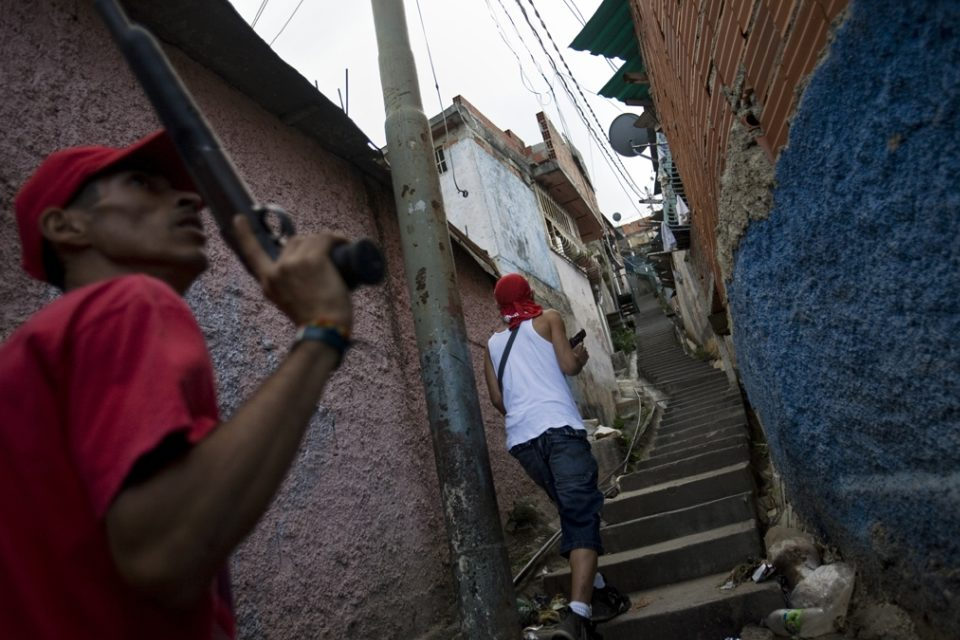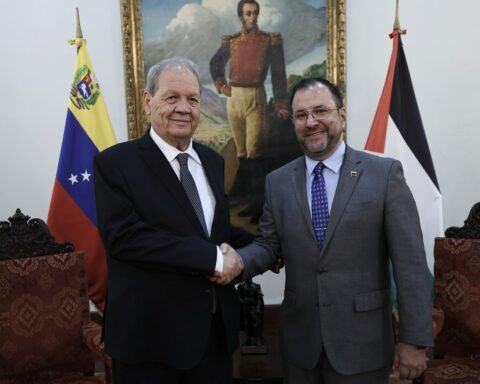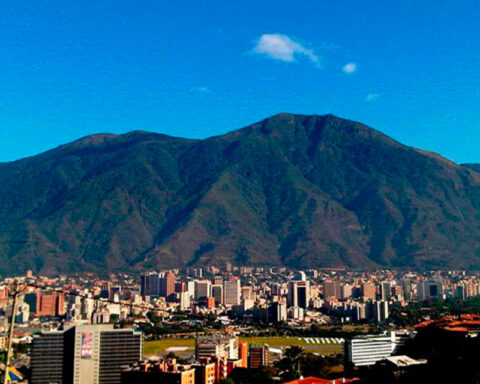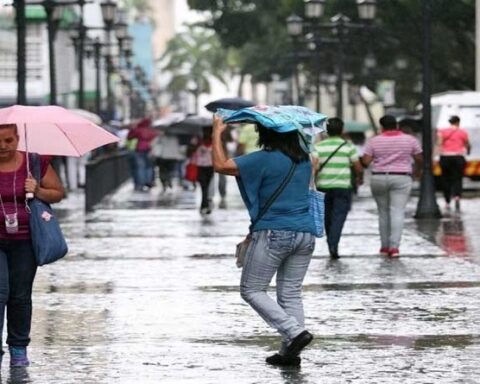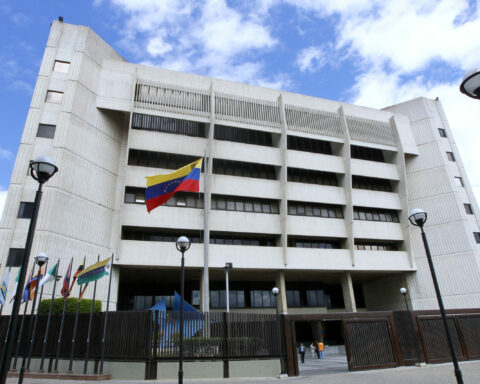The organization indicated that, according to the monitoring carried out in the states of Zulia, Táchira, Apure, Bolívar, Amazonas and Falcón; criminal gangs “have extended territorial control from their original states to the border” establishing “safe routes” for the trafficking of “merchandise, illicit substances, fuels and precious metals”
The Non-Governmental Organization (NGO) FundaNetworksassured this Wednesday the existence of 40 criminal organizations, with high firepower, with organizational systems used by the Colombian guerrilla “used to impose terror and violence on the Venezuelan border and its areas of influence.”
In its most recent report entitled “Criminal gangs adopt guerrilla structures and exhibit corporate identity”, the civil association specified that the same (criminal gangs) are made up of at least 22,500 people.
“In recent years – reveals the study – gangs with an increasing number of members and weapons have adopted organizational structures, logistics systems and even corporate image strategies of the guerrilla”, said FundaRedes.
Likewise, the organization for the defense of human rights explained that the evolution of violence forces the gangs to establish new organizational charts, assignment of specific tasks and new hierarchies within the criminal structure “which find a model to follow in armed organizations of long history and international visibility”.
According to the monitoring carried out in the states of Zulia, Táchira, Apure, Bolívar, Amazonas and Falcón, it details that behind these criminal groups there are also 28 irregular armed groups that include the various fronts of the FARC dissidents and the ELN guerrillas. , Bolivarian Liberation Forces (FBL), Popular Liberation Army (EPL), Patriotic Forces of National Liberation FPLN, Urabeños and the Rastrojos.
To which they add that guerrilla groups of Colombian origin have become a “school” for some Venezuelan criminal structures.
“As well as international drug trafficking organizations such as the Sinaloa Cartel and isolated groups of garimpeiros that break in from Brazil to seize gold in the Orinoco Mining Arc,” the document states.
*Also read: NGO SOS Orinoco blames Guyana for illegal mining in the Essequibo
In the same way, the FundaRedes report maintains that the “Venezuelan mega gangs” such as the Aragua Train, the Llano Train, the Guayana Train, the Death Train, Los Meleán, Yeico Masacre, among others, “have extended territorial control from their original states to the border” establishing “safe routes” for the traffic of “merchandise, illicit substances, fuels and precious metals”.
“The presence of these irregular armed groups, criminal gangs and ‘unions’ on the southwestern border of Venezuela implies a permanent violation of the human rights of those who inhabit these areas, as well as those who travel through these territories to emigrate from the country” .
Similarly, the NGO indicated that the greater the organizational capacity of criminal groups, the greater the influence they exert on the population, but also their chances of associating with other criminal structures.
“To the extent that one or more criminal organizations merge and interact, capture or co-opt new members, the way is opened for the emergence of mega gangs in the country,” warns the organization for the defense of human rights.
Finally, the Civil Association FundaRedes stated that they have gone to the different State instances to request the establishment of a comprehensive policy to protect the rights of Venezuelans and, therefore, a comprehensive policy to dismantle irregular armed groups. Request that so far has not been answered.
Post Views:
81

